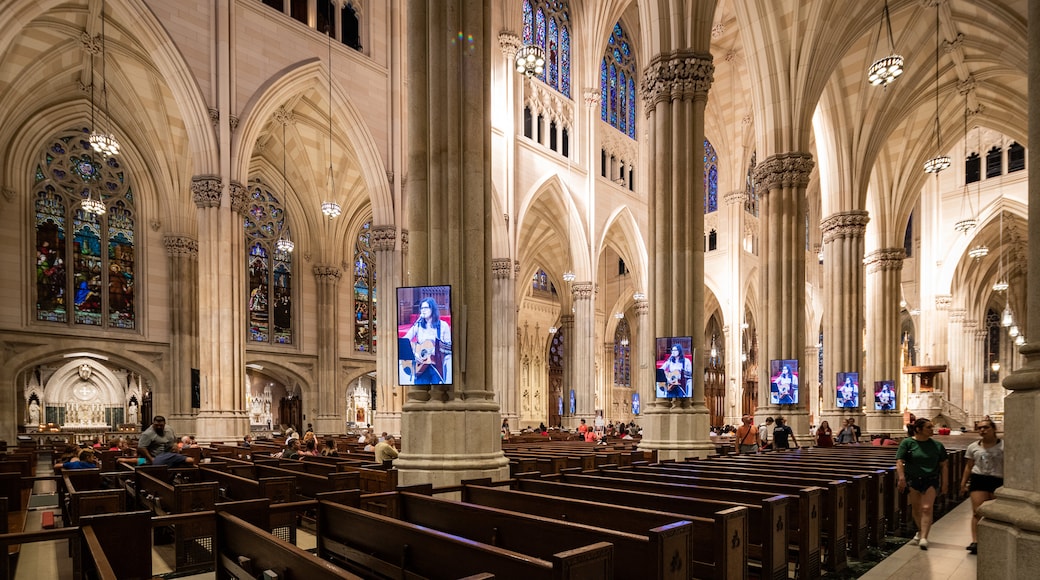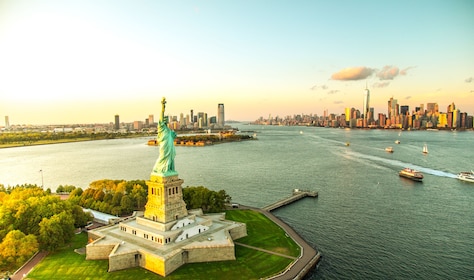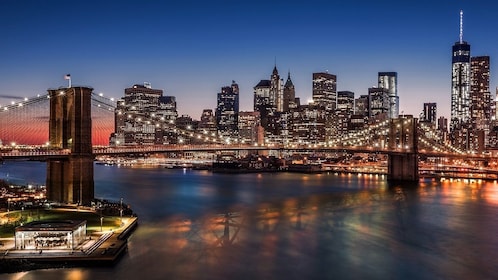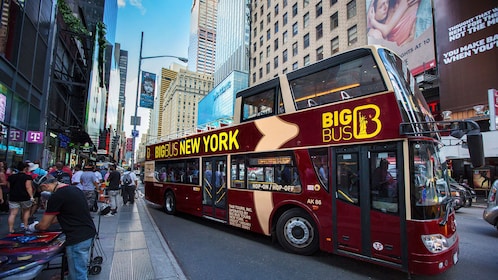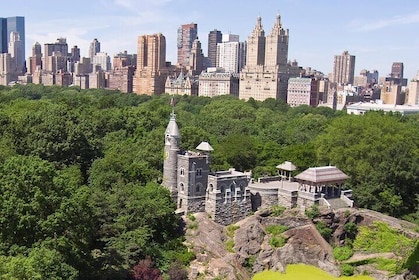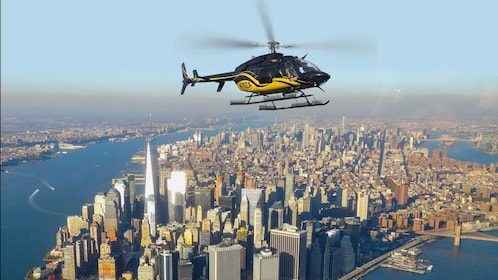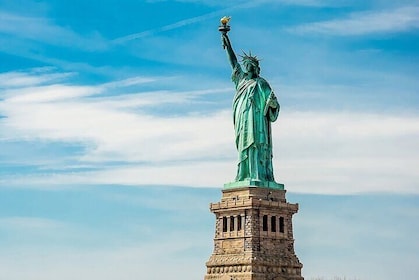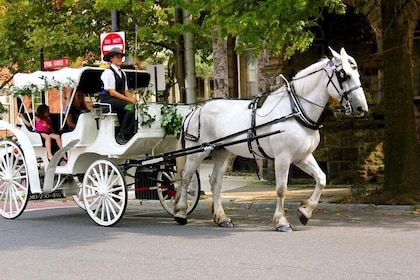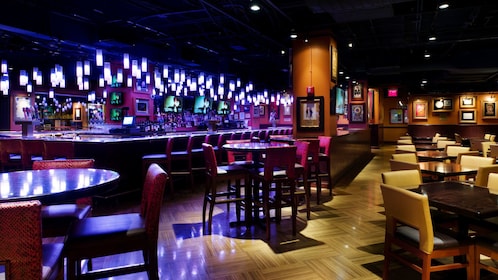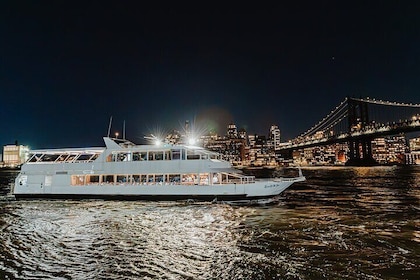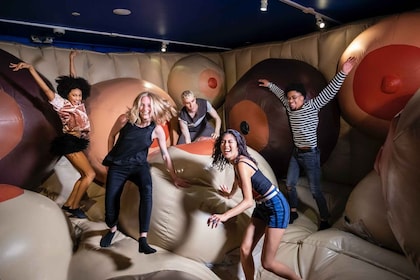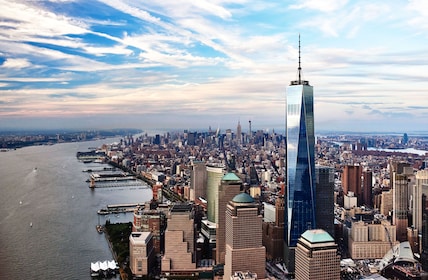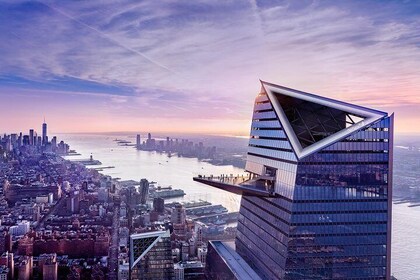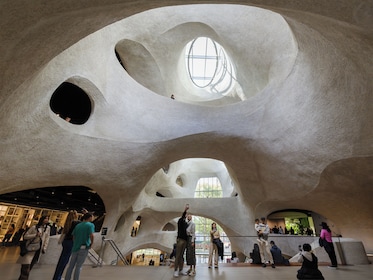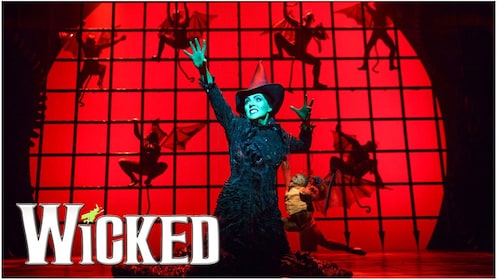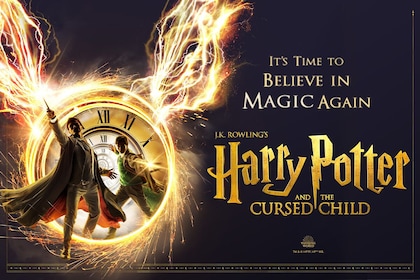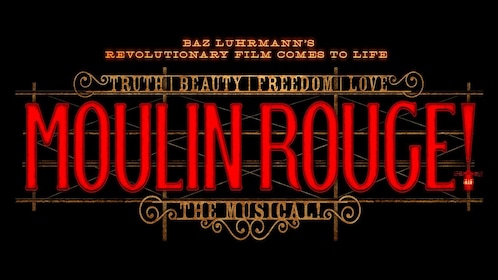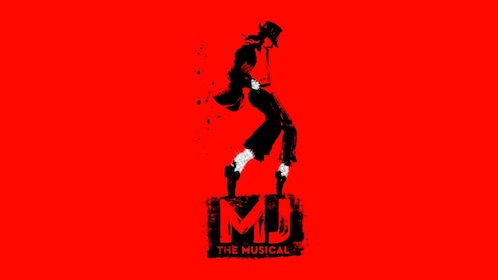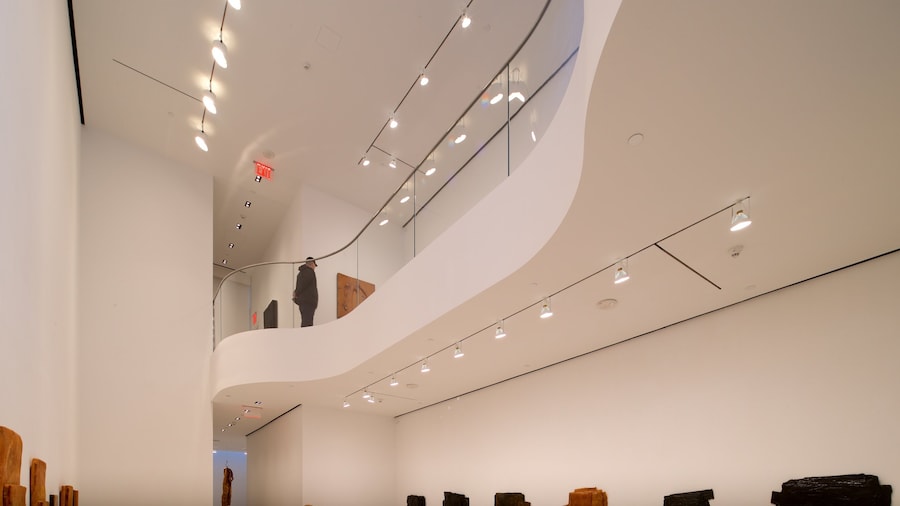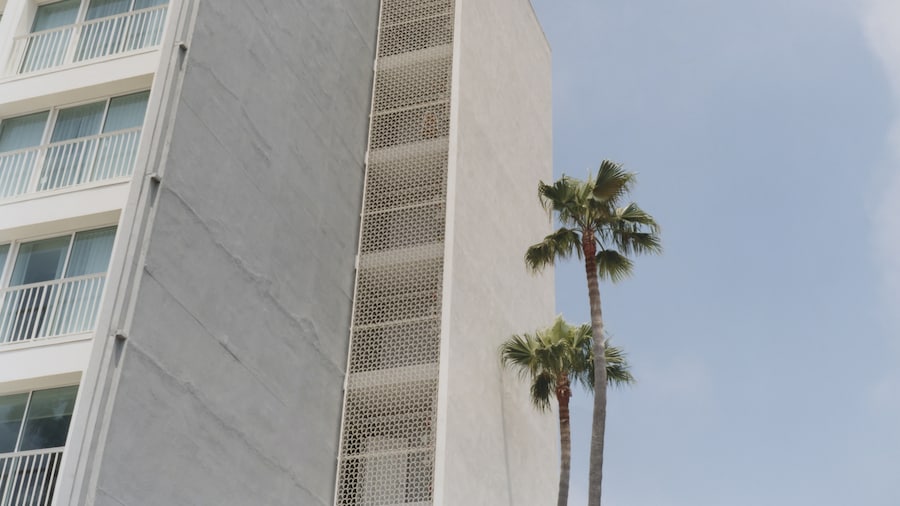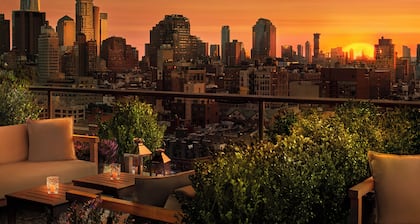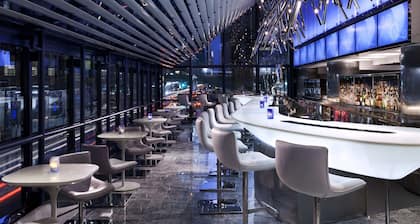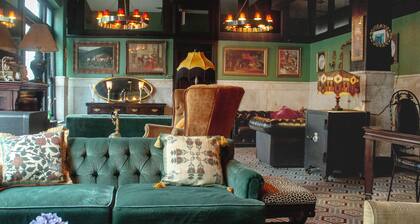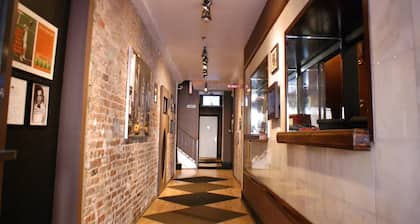Look closely to find St. Patrick’s Old Cathedral hidden behind a brick wall among the bustling sidewalks and high-end boutiques of New York’s Nolita neighborhood. As you view the beautiful architecture of this small but distinguished basilica, appreciate the broader history it symbolizes of immigrants in America.
Pass through wrought iron gates into a small courtyard from busy Mott Street. Stay quiet as you enter the main doors into the sanctuary. Note the Celtic knot designs in the beautiful stained-glass windows, which speak to the church’s proud history. St. Patrick’s is an active church that dates back to 1809 and the beginnings of the Irish community in New York City. Outside, look closely at the wall that surrounds the church it was built in the 19th century for protection from nativist and anti-Catholic mobs.
St. Patrick’s was a first stop for Irish newcomers in Manhattan. Note that many Irish casualties of the American Civil War are buried in the historic churchyard on the north side of the building. Over time, the church congregation became more Italian, reflecting the area’s changing makeup. Martin Scorsese, a former St. Patrick’s altar boy, used the churchyard in his film Mean Streets. The baptism scene from Francis Ford Coppola’s iconic Godfather was filmed here too.
Today, St. Patrick’s is best appreciated as a place of quiet in the middle of a noisy neighborhood. Sit in the peaceful sanctuary and admire the vaulted ceilings, characteristic of Gothic Revival architecture. The elegant and rare Henry Erben organ dates back to 1868. In the summer, watch for a trio of goats that graze in the churchyard, keeping the grass around the old headstones naturally neat. For a simulated historic perspective, book a candlelit tour of the Catacombs.
Reach St. Patrick’s Old Cathedral by walking from the Prince Street, Broadway-Lafayette or Bleecker Street subway stations. Street parking is extremely limited, but free. The Sanctuary is open to visitors every day from morning to early evening. Catholic Mass is celebrated in English every weekday at midday and twice a day on the weekend.

